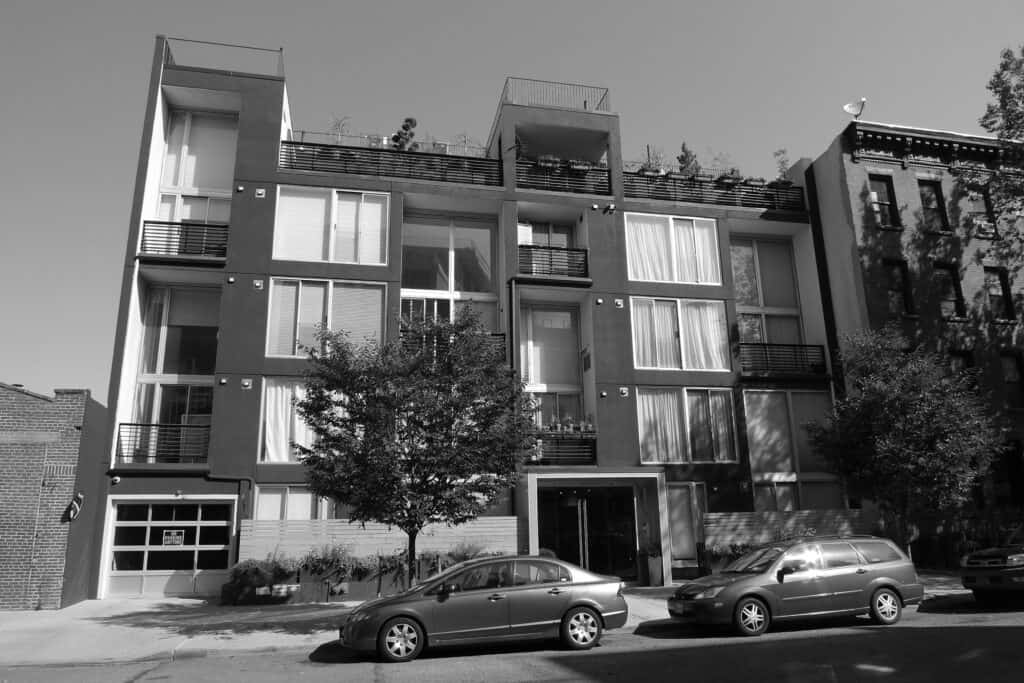The authors find that building new housing in low-income areas often triggers a supply shock that benefits current residents. Instead of driving up rents and pushing people out—an all-too-common fear—the influx of new housing eases financial pressure on existing tenants by lowering rent prices and curbing the forces of gentrification.
Here are some of the standout points from the study:
Lower Rents: Contrary to what many believe, adding new market-rate housing in low-income areas generally leads to a drop in overall rent levels. This finding disputes the widespread fearthat new developments always make neighborhoods more expensive and inaccessible to long-time residents.
Gentrification Control: Gentrification exists, but this study reveals that new housing can help manage its impact. By providing more places to live, these new developments absorb the demand from wealthier newcomers, lessening the pressure on rents and home values that often displace poorer residents.
Neighborhood Stability: New housing projects can foster stability by offering broader housing options. This ensures residents can stay in their communities rather than being forced out due to rising costs.
Where the issue of affordable housing remains urgent, these insights are particularly relevant. It suggests building more housing, even at market rates, could be a powerful tool in addressing the rising cost of living in low-income neighborhoods.
City leaders should embrace new housing projects, even in lower-income areas. Rather than avoiding them for fear of gentrification, these projects can be part of the solution to the housing crisis, not a cause of it.
